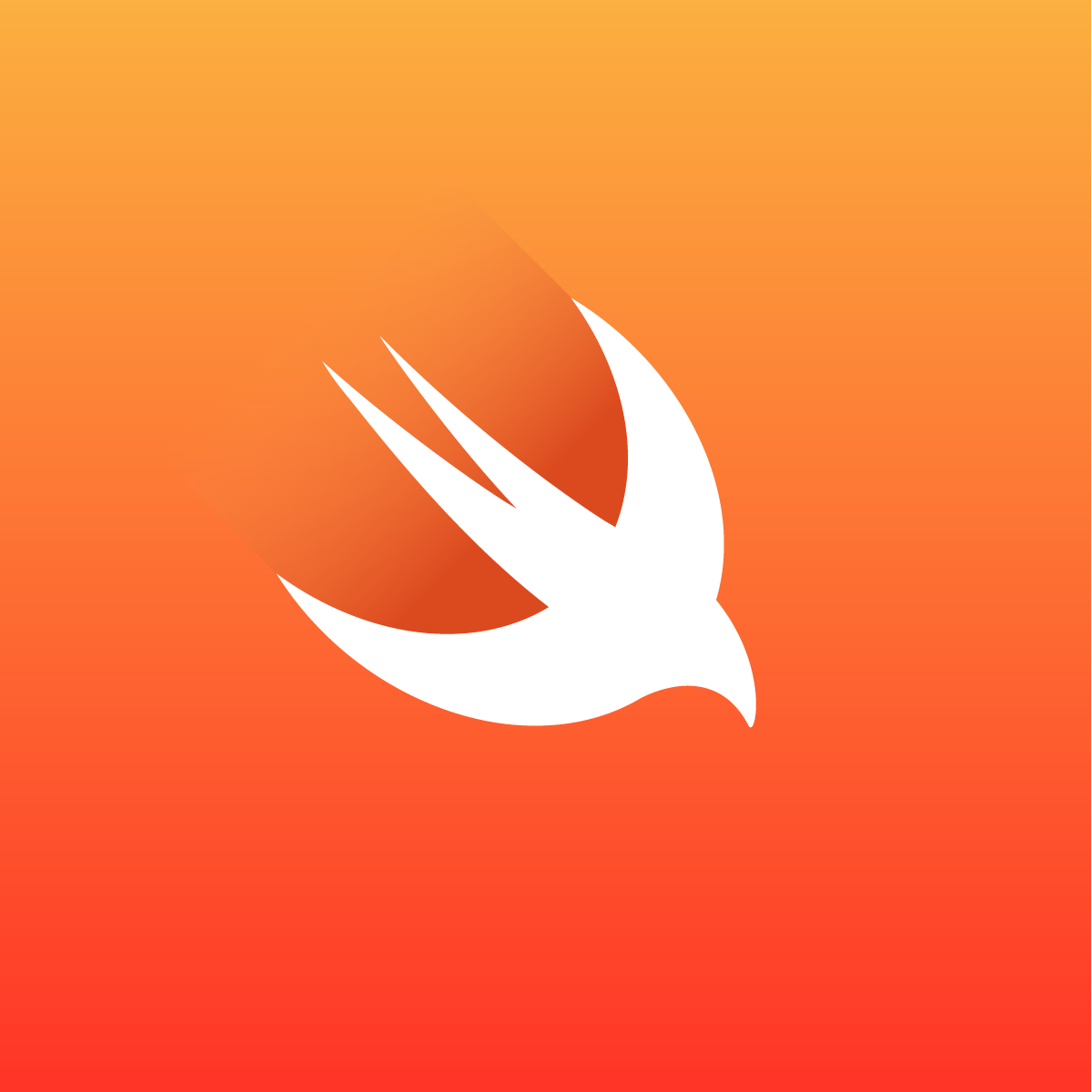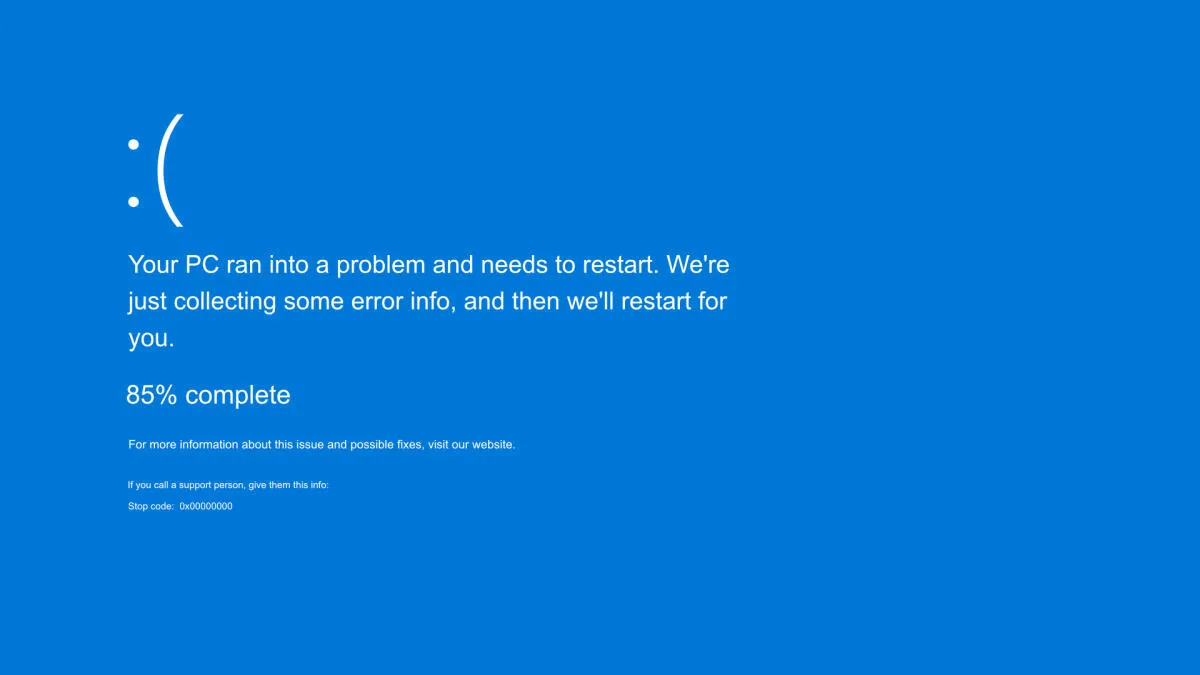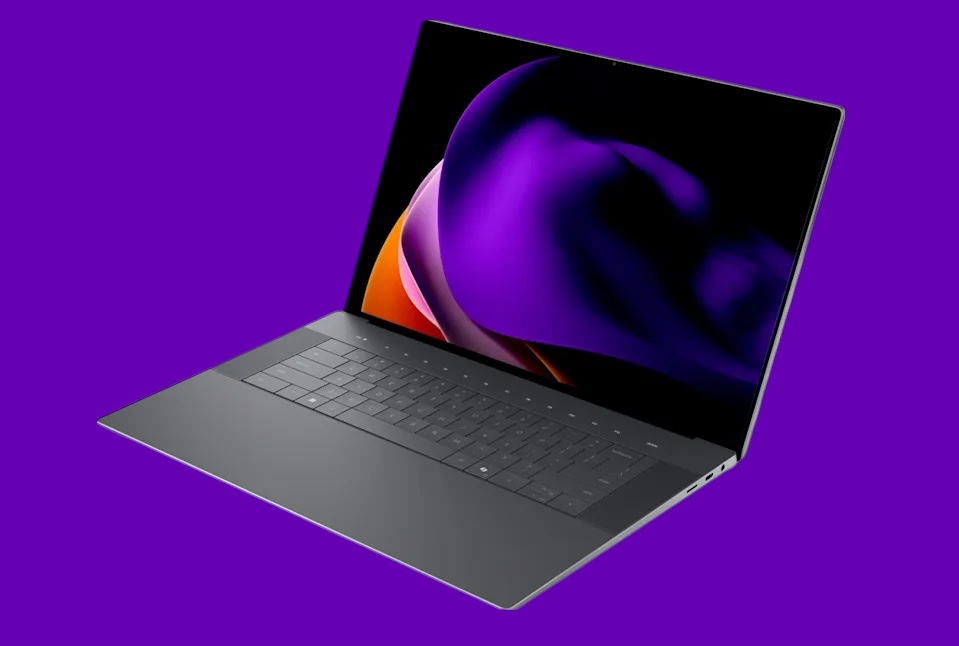Google has announced the public release of its Gemini 2.5 Pro AI model, making it accessible to all users of the Gemini application at no cost. This development expands the availability of the model, which was initially introduced as a premium feature for Gemini Advanced subscribers.
Gemini 2.5 Pro, positioned by Google as its most advanced AI model to date, incorporates enhanced processing capabilities compared to previous iterations. The model supports a range of features, including integration with applications and browser extensions, file upload functionality, and compatibility with Google’s Canvas collaboration tool.
The decision to offer Gemini 2.5 Pro to all users represents a shift in Google’s distribution strategy. Previously, access to this model was limited to subscribers of Gemini Advanced, a service that carries a monthly fee. The company has stated that the wider release aims to broaden the model’s accessibility.
The Gemini 2.5 Pro model is currently available on the Gemini website, with plans to extend availability to the Android and iOS mobile applications in the coming days. Recent updates to the Gemini app have also focused on improving user interface, including simplified model selection and memory functions.
The model, which is currently in an experimental phase, features integration with applications and extensions, file upload capabilities, and the Canvas feature. According to Google, Gemini 2.5 Pro (experimental) holds a leading position on the LMArena leaderboard. The company also indicates that it is working to enhance the model’s coding capabilities.
A significant feature of Gemini 2.5 Pro is its 1 million token context window, which enables the model to process large data sets and maintain context across extended interactions. Google has indicated that there are potential plans to expand this window to 2 million tokens in the future.
The release of Gemini 2.5 Pro to a wider audience signifies Google’s ongoing efforts in the field of artificial intelligence. The model’s capabilities, including its context window and application integration, position it as a tool with potential applications in various fields. The ongoing experimental phase suggests that Google intends to continue refining and developing the model’s features.





